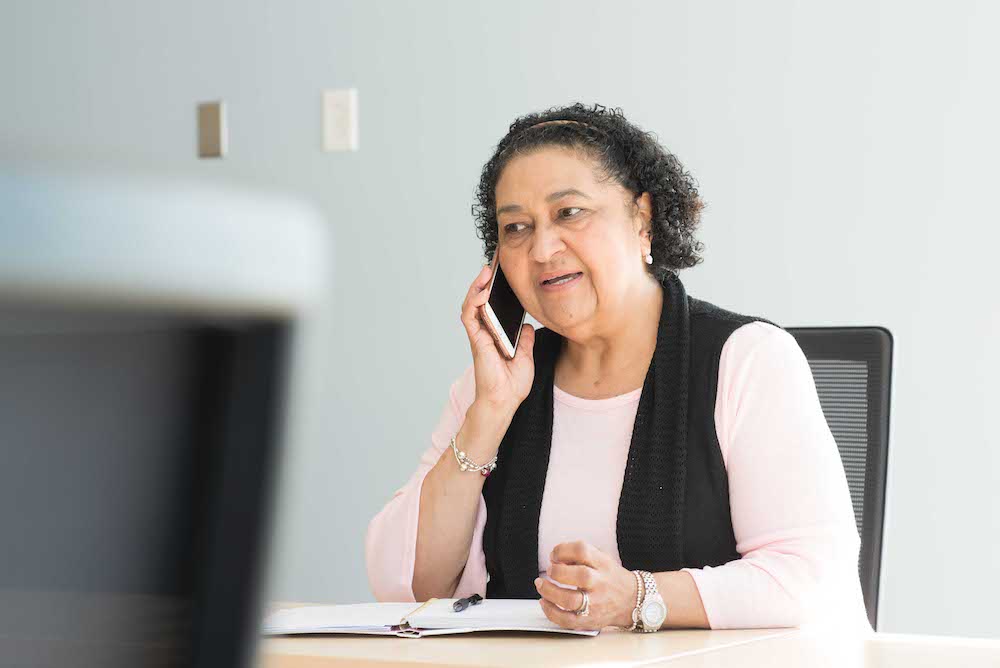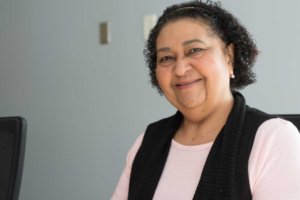Milagrosa Seguinot’s phone rings when people need help.
They call because they have an issue and figure she’ll know how to help, or just to update her on how they’re doing.
Her trusted role in the community is the result of the years she has spent working in health programs in and around Bridgeport – encouraging parents to get their children vaccinated, helping people sign up for health insurance, connecting clients at food pantries with medical providers.
She helps to address the many non-medical issues that can influence people’s health (Is their housing stable? Do they have access to transportation? Are they at risk of having their electricity shut off?).
Unofficially, Seguinot’s role is to build relationships and ensure that people in her community have someone they can turn to for help, someone who can connect them to the resources and systems that can be vital to their health and well-being.
Officially, she’s known as a community health worker – a job that research indicates can help improve health outcomes, lower health care costs, and reduce the wide health disparities that exist between people of color and their white counterparts.
Born to do it
Seguinot likes to say that she was “born being a community health worker.” In Puerto Rico, where Seguinot was born, her mother was always helping others, the person people knew they could come to for advice. When she grew up, Seguinot followed in her footsteps, connecting people with resources and advocating for others.
Seguinot notes that her job isn’t to tell people what to do. Instead, it’s to help them identify what they need, connect them to resources, and work with them to develop their own plans.
“We are simply guiding them to get what they need,” said Seguinot, who serves as president of the Community Health Workers Association of Connecticut.
That process can help people realize they have more opportunities than they realized.
“Sometimes people feel like they have no choices, they have no opportunities,” Seguinot said. “When we start talking with them and asking questions, they realize that they have a lot of resources.”

